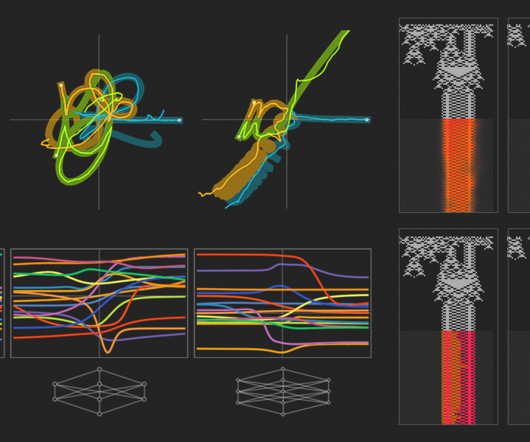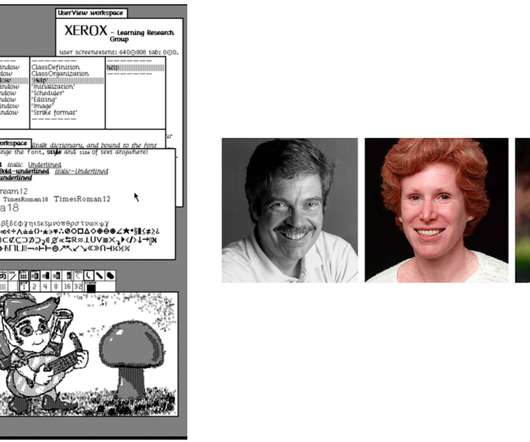Should universities use differential treatment to admit students?
Futurum
SEPTEMBER 28, 2023
As you can imagine, there are many arguments both for and against these ideas. How does economics combine mathematics and social science? On one hand, we build mathematical models, we conduct statistical analyses, and we run computer simulations,” says Emil. “On In fact, I mostly learnt English from playing video games!












Let's personalize your content